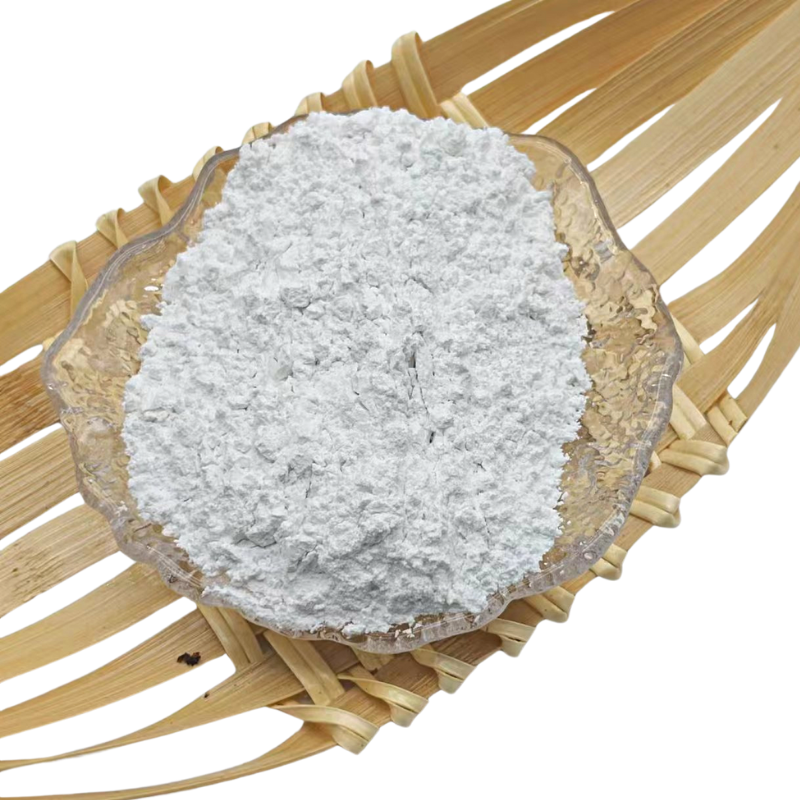
Effects of Silica Fume on Properties and Performance of High Strength Concrete Mixes in Factories
The Role of Silica Fume in High Strength Concrete Production
In the realm of modern construction, achieving high strength and durability in concrete is of paramount importance. One of the key additives that has revolutionized the concrete industry is silica fume, a byproduct of silicon and ferrosilicon alloy production. This fine, powdery material has garnered significant attention for its unique properties that enhance the performance of concrete, making it an essential component in high strength concrete (HSC) formulations, particularly in factory settings.
Silica fume is approximately 100 times finer than ordinary Portland cement. Its minute particle size allows it to fill the voids between cement grains, promoting a denser concrete matrix. When incorporated into high strength concrete, silica fume reacts with calcium hydroxide in the presence of moisture to form additional calcium silicate hydrate (C-S-H), the primary binding agent in concrete. This pozzolanic reaction contributes to an increase in the compressive strength of the concrete, often exceeding the properties of conventional mixtures.
One of the most significant benefits of using silica fume in HSC is its effect on long-term strength development. While conventional concrete may reach its maximum strength within a few weeks, silica fume-enhanced concrete continues to strengthen over time. This long-term gain is particularly advantageous for structures subjected to extreme loading conditions, providing a safety margin and enhancing overall structural integrity.
Moreover, silica fume contributes to the durability of high strength concrete. The denser microstructure created by the addition of silica fume minimizes the permeation of water, chloride ions, and other deleterious substances. This inherent resistance to environmental factors results in a lower susceptibility to freeze-thaw cycles, corrosion of reinforcement bars, and chemical attacks, significantly extending the lifespan of concrete structures.
silica fume in high strength concrete factory

In a factory setting, incorporating silica fume into the production of high strength concrete offers several operational advantages. The addition of silica fume allows for a reduction in the water-cement ratio, which is crucial for attaining high strength without sacrificing workability. This characteristic enables manufacturers to produce high quality concrete with optimal consistency, ensuring ease of handling and application.
Furthermore, the use of silica fume can lead to economic benefits in the production process. Although it may appear to increase initial material costs, the long-term savings in maintenance and repair due to enhanced durability can outweigh these expenses. Additionally, the increased strength can lead to material savings, as less concrete may be required to achieve the same structural performance.
The application of silica fume in factory-produced high strength concrete is also aligned with sustainable construction practices. The recycling of industrial byproducts like silica fume reduces the reliance on virgin materials, contributes to waste management, and lessens the carbon footprint of concrete production. By utilizing silica fume, the construction industry can take steps towards more environmentally friendly practices while still meeting the demands for high performing materials.
In conclusion, silica fume plays a crucial role in the advancement of high strength concrete in factory settings. Its ability to enhance strength, improve durability, ensure economic efficiency, and promote sustainability makes it an invaluable asset in the construction industry. As the demand for high performance concrete continues to grow, silica fume will undoubtedly remain a key ingredient in the ongoing evolution of concrete technology, paving the way for safer, stronger, and more sustainable structures.
Share
-
Premium Pigment Supplier Custom Solutions & Bulk OrdersNewsMay.30,2025
-
Top China Slag Fly Ash Manufacturer OEM Factory SolutionsNewsMay.30,2025
-
Natural Lava Rock & Pumice for Landscaping Durable Volcanic SolutionsNewsMay.30,2025
-
Custom Micro Silica Fume Powder Manufacturers High-Purity SolutionsNewsMay.29,2025
-
Custom Mica Powder Pigment Manufacturers Vibrant Colors & Bulk OrdersNewsMay.29,2025
-
Custom Micro Silica Fume Powder Manufacturers Premium QualityNewsMay.29,2025






